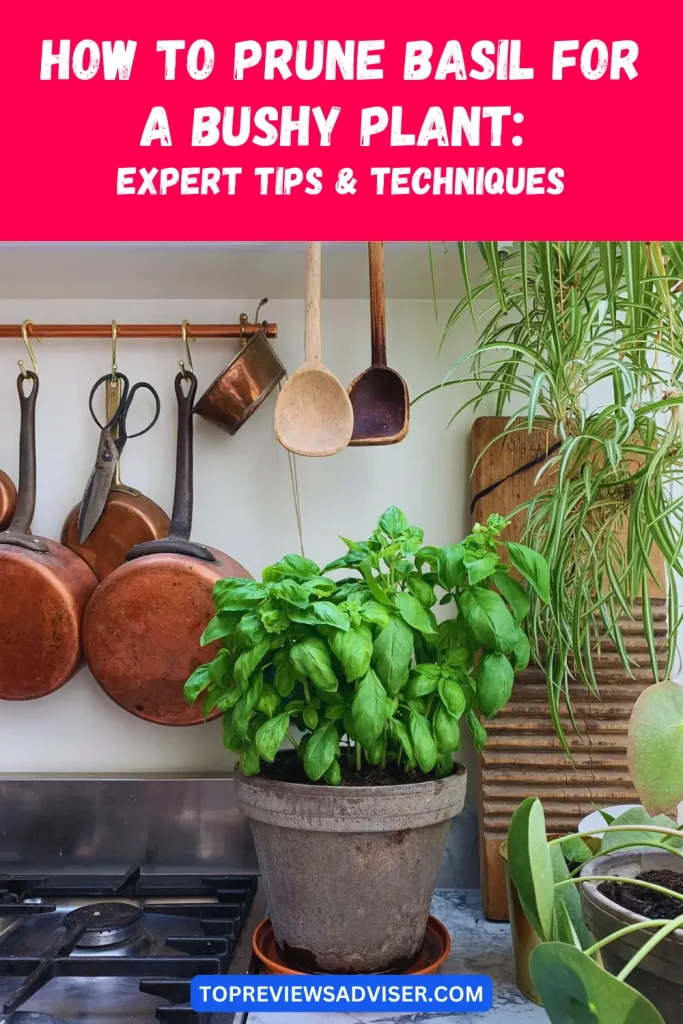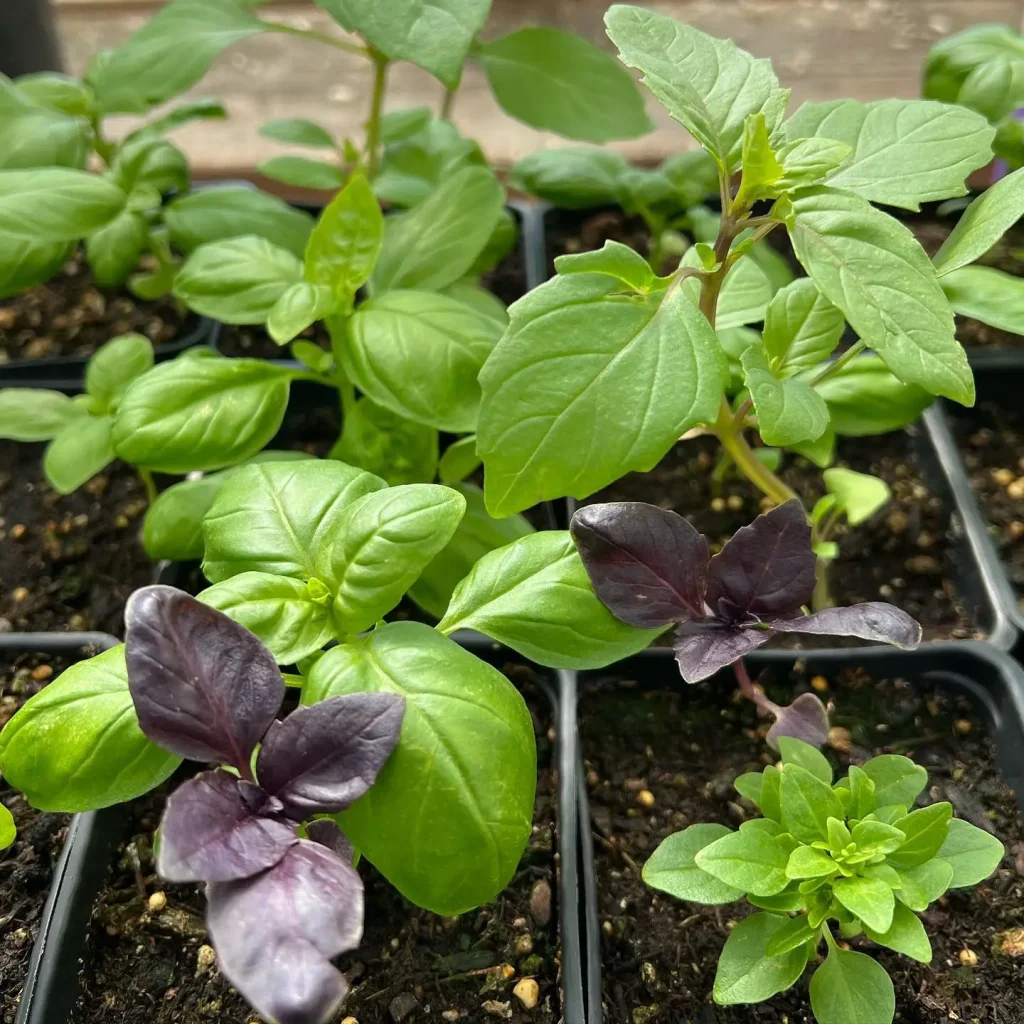Basil, with its vibrant aroma and flavorful leaves, is a beloved herb in gardens and kitchens worldwide. Pruning basil is a crucial practice for fostering robust growth and maximizing yield. In this article, we’ll delve into the art of basil pruning, exploring techniques to cultivate a lush, bushy plant.

Understanding Basil Pruning
Pruning basil involves selectively removing certain parts of the plant to encourage healthier growth. By removing excess foliage and encouraging lateral branching, pruning redirects the plant’s energy towards producing more leaves, resulting in a fuller and bushier appearance.
When to Prune Basil

Timing is key when it comes to basil pruning. It’s best to prune basil when it has developed several sets of true leaves but before it begins flowering. Regular pruning throughout the growing season helps maintain the plant’s vitality and prolongs its productivity.
Tools Required
Pruning basil requires minimal tools, primarily sharp scissors or pruning shears. Opt for clean, sharp blades to ensure clean cuts and minimize the risk of disease transmission. Additionally, having a container nearby to collect the pruned leaves is helpful for easy cleanup.
How to Prune Basil Correctly
To prune basil effectively, follow these steps:
- Identify the Nodes: Locate the nodes where leaves meet the stem. New growth emerges from these points.
- Pinch or Snip: Using sharp scissors, pinch or snip just above a set of leaves, leaving a small portion of the stem intact.
- Remove Flower Buds: If your basil has started flowering, pinch off the flower buds to redirect energy back into leaf production.
- Repeat as Needed: Continue pruning throughout the growing season, focusing on removing any leggy or overcrowded stems.
Common Mistakes to Avoid
While pruning basil is relatively straightforward, there are some common mistakes to avoid:
- Over-pruning: Excessive pruning can stress the plant and inhibit growth. Avoid removing more than one-third of the plant at a time.
- Neglecting Sanitation: Always use clean, sharp tools to prevent the spread of disease.
- Ignoring Signs of Stress: Monitor your basil plant for signs of stress, such as yellowing leaves or wilting, and adjust your pruning routine accordingly.
Utilizing Pruned Basil
Don’t let those pruned basil leaves go to waste! Here are some creative ways to utilize them:
- Culinary Uses: Incorporate fresh basil leaves into salads, sauces, soups, and pasta dishes for a burst of flavor.
- Herbal Infusions: Infuse olive oil or vinegar with basil leaves for a fragrant addition to dressings and marinades.
- Homemade Pesto: Blend basil leaves with garlic, pine nuts, Parmesan cheese, and olive oil to create a delicious pesto sauce.
Maintaining Basil Health
After pruning, continue to care for your basil plant to ensure its long-term health:
- Watering: Maintain consistent moisture levels in the soil, avoiding both drought and waterlogging.
- Fertilizing: Apply a balanced fertilizer regularly to provide essential nutrients for robust growth.
- Sunlight: Ensure your basil plant receives adequate sunlight, ideally 6-8 hours of direct sunlight per day.
How To Prune Basil For A Huge Bushy Plant
- Sharp scissors or pruning shears
- 1 None
Identify when it's time to prune your basil by looking for sets of leaves with nodes below them.
Use sharp scissors or pruning shears to make clean cuts just above the nodes, removing any flower buds that may have formed.
Repeat this process regularly throughout the growing season to encourage bushy growth and abundant leaf production.
Be sure to provide your basil plants with plenty of sunlight, water, and nutrients to support healthy growth.
Conclusion
Pruning basil is a simple yet essential practice for cultivating a healthy, productive plant. By following the proper techniques and avoiding common pitfalls, you can enjoy a bounty of fresh basil leaves throughout the growing season.